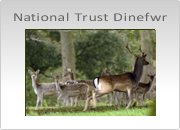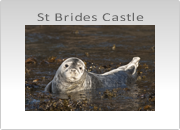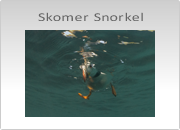Home
About
Workshops
Commercial
Timelapse
Fine art
Blog
Contact
Links
Pre-paid Vouchers for Workshops available. Makes a great gift!
|
|
|
Burrows vary in length and shape from straight which are longer to ones with a bend. They are designed so that the innermost end finishes in a hollow where the egg is laid and is in the dark. The chick defecates just outside the nest chamber in a side offshoot or where the light just penetrates the main tunnel so it is extremely rare that you will a chick before it is ready to fledge. A common sight is the adult taking a few steps from the entrance, turning around, lifting its tail feathers and ejecting a stream of white fluid. The nest chamber is often lined before the egg is laid with dry material such as dead plant stems and feathers. Once they have an egg or a chick, they also collect fresh vegetation such as mayweed or sea campion and every bird can be occupied seemingly in this tug-of-war after wet periods. Only a single, large egg is laid, rounded elliptical in shape, which takes the female 10-18 days to grow. The egg is whitish with a fairly rough chalky surface. The absence of any distinct markings is due to the adult not needing to be able to identify its own egg by visual clues as it knows its own burrow and not being able to do so as the nest chamber is in darkness.
|
The adults try to keep the egg clean by maintaining fresh nesting material as an egg caked in mud rarely hatches. Both parents take it in turns to incubate the egg over a period of 39 to 43 days by holding it with a slightly drooped wing against one of their two brood broad patches. These highly vascularised areas are exposed by feathers dropping out just before the egg is laid and these grow back a week or so after the chick has hatched. One parent does not pass food to the other who is incubating the egg. The chick has a genetically inherited negative response to light which is a good survival strategy as any chick wandering near the burrow entrance is likely to be snatched by a herring or great black-backed gull. The first feeds are given directly to the chick but the adult then just drops the fish on the floor and leaves. The chick is active in the burrow and keeps itself occupied by preening, moving around and playing with nesting material. It gives a plaintive peeping call when hungry and the adults give out groaning noises when underground and one or both parents may spend several hours with the chick. Interestingly, they do not recognise their offspring as theirs and will happily feed another one if chicks are swopped by a researcher. |
 |
 |
 |
 |
|
 |
 |
 |
 |









